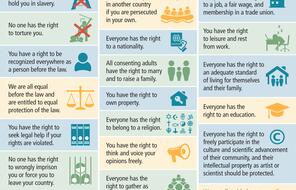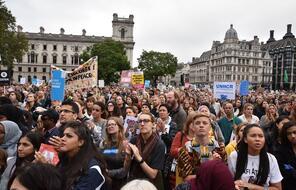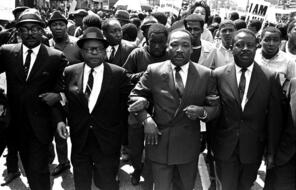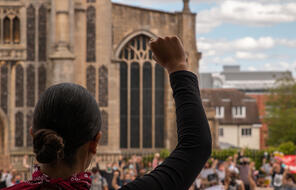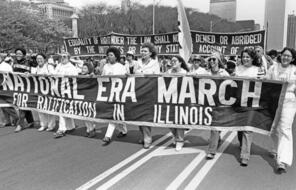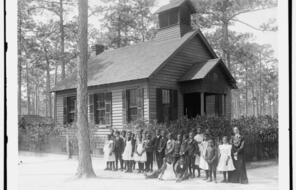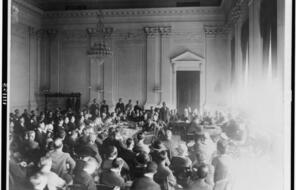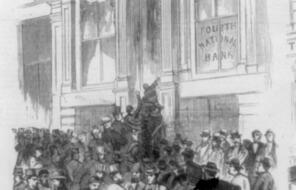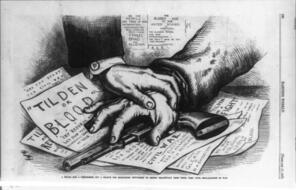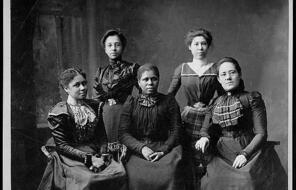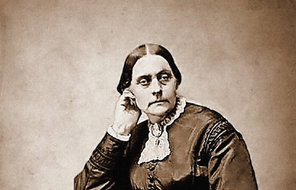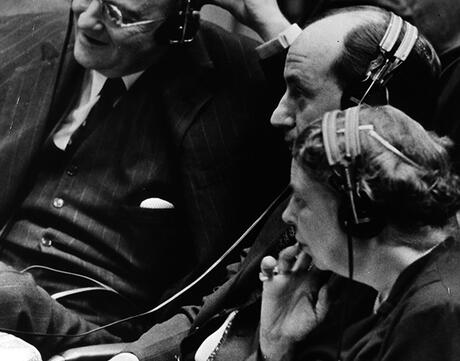
Making Rights Universal
Overview
About This Lesson
In the last lesson, students created working definitions for a right and then learned about the process by which representatives from nine countries, led by Eleanor Roosevelt, the chairperson of the UN Commission on Human Rights, drafted the Universal Declaration of Human Rights (UDHR), which was approved by the United Nations General Assembly on 10th December 1948. In this lesson, students will read a UDHR infographic that summarises the Preamble and 30 Articles of the UDHR and then work with a group to focus on four rights to decide if they are or are not universal and enjoyed by individuals and groups in the world today. After sharing their findings with their peers, students will discuss the potential and limitations of a document like the UDHR that has no binding legal agreement, as well as consider what responsibility, if any, nations who signed the UDHR have to protect the rights of their own people, as well as the rights of individuals and groups in other nations whose rights may have been violated. Finally, they will turn their attention inward to consider the meaning of rights in their own lives and communities in a personal journal response.
Preparing to Teach
A Note to Teachers
Before you teach this lesson, please review the following guidance to tailor this lesson to your students’ contexts and needs.
Lesson Plans
Activities
Materials and Downloads
Making Rights Universal
Defining Human Rights
Step 3: Understanding Human Rights
Unlimited Access to Learning. More Added Every Month.
Facing History & Ourselves is designed for educators who want to help students explore identity, think critically, grow emotionally, act ethically, and participate in civic life. It’s hard work, so we’ve developed some go-to professional learning opportunities to help you along the way.
Exploring ELA Text Selection with Julia Torres
On-Demand

Working for Justice, Equity and Civic Agency in Our Schools: A Conversation with Clint Smith
On-Demand

Centering Student Voices to Build Community and Agency
On-Demand






